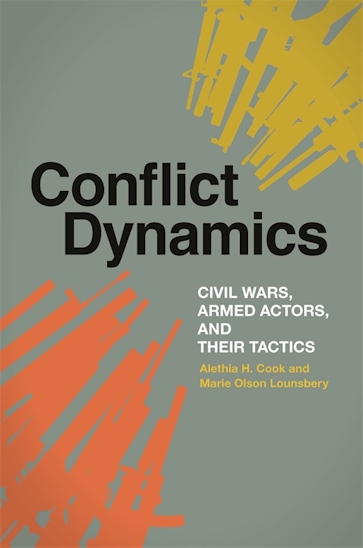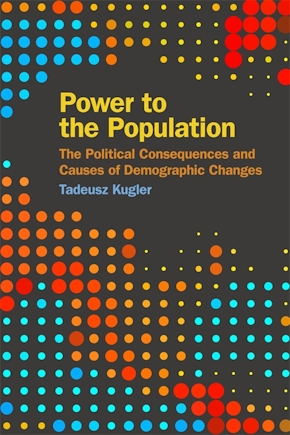Conflict Dynamics
Civil Wars, Armed Actors, and Their Tactics
Title Details
Pages: 232
Trim size: 6.000in x 9.000in
Formats
Paperback
Pub Date: 11/15/2020
ISBN: 9-780-8203-5883-3
List Price: $30.95
Hardcover
Pub Date: 05/15/2017
ISBN: 9-780-8203-3833-0
List Price: $62.95
eBook
Pub Date: 05/15/2017
ISBN: 9-780-8203-5106-3
List Price: $62.95
Related Subjects
POLITICAL SCIENCE / International Relations / General
Conflict Dynamics
Civil Wars, Armed Actors, and Their Tactics
A new framework for understanding intrastate disputes and their potential resolution
Skip to
- Description
Conflict Dynamics presents case studies of six nation-states: Sierra Leone, the Republic of Congo, Sri Lanka, Myanmar, Indonesia, and Peru. In the book, Alethia H. Cook and Marie Olson Lounsbery examine the evolving nature of violence in intrastate conflicts, as well as the governments and groups involved, by focusing on the context of the relationships involved, the capacities of the conflict’s participants, and the actors’ goals. The authors first present a theoretical framework through which the changeable mix of relative group capacities and the resulting tactical decisions can be examined systematically and as conflicts evolve over time. They then apply that framework to the six case studies to show its usefulness in better understanding conflicts individually and in comparison.
While previous research on civil wars has tended to focus on causes and outcomes, Conflict Dynamics takes a more comprehensive approach to understanding conflict behavior. The shifting nature of relative group capacity (measured in many different ways), coupled with dynamic group goals, determines the tactical decisions of civil war actors and the paths a rebellion will take. The case studies illustrate the relevance of third parties to this process and how their interventions can influence tactics.
The progression of violence in conflicts is inextricably linked to the decisions made in their midst. These influence future iterations of the conflictual relationship. Complex groups on both sides both drive and are driven by the decisions made. Understanding conflicts requires that these reciprocal impacts be considered. The comparative framework demonstrated in this book allows one to flesh out this complexity.



